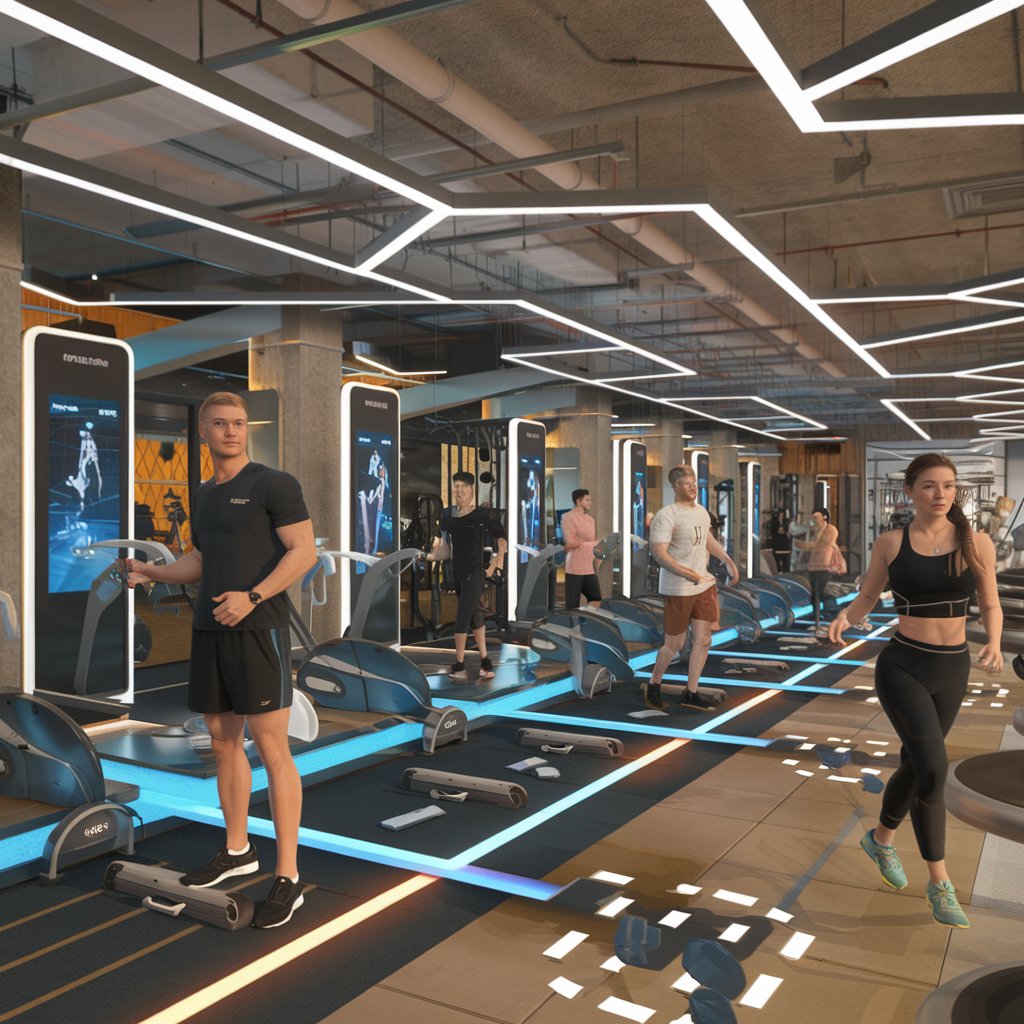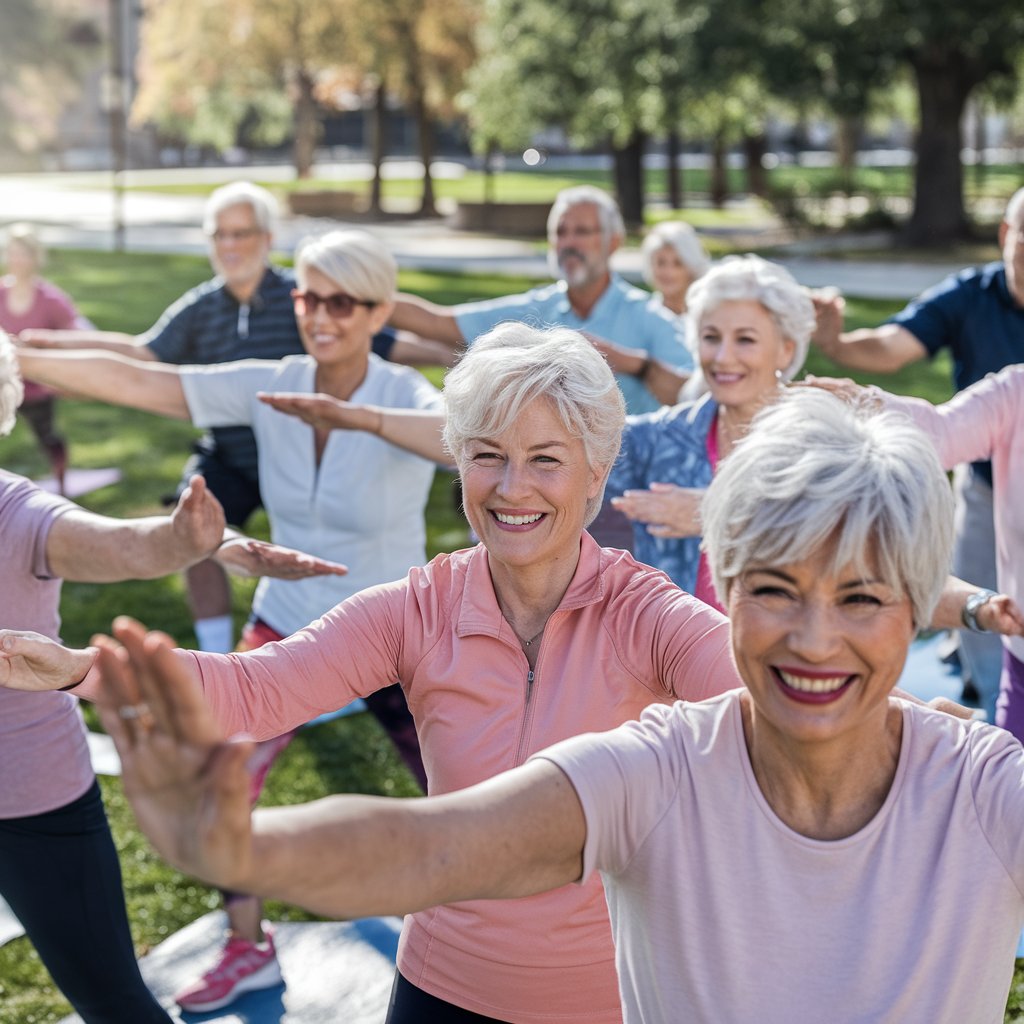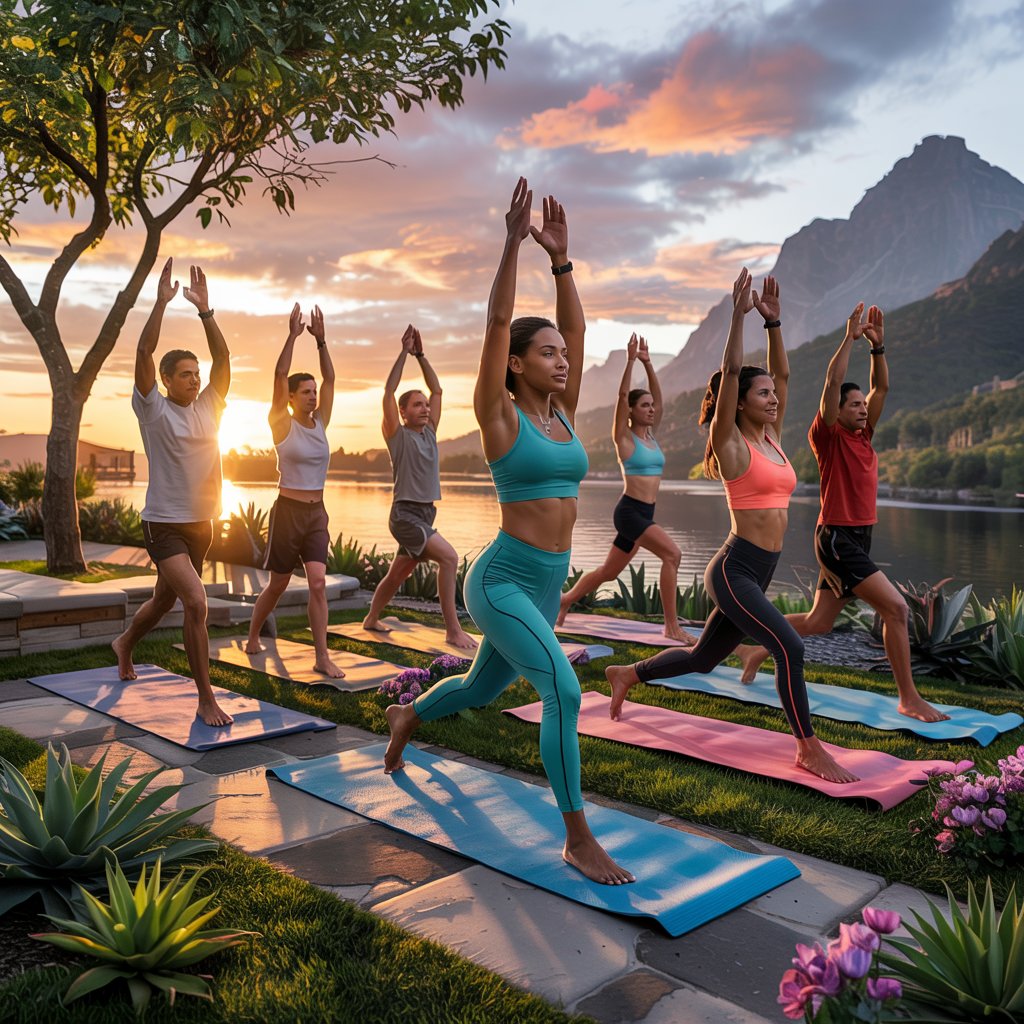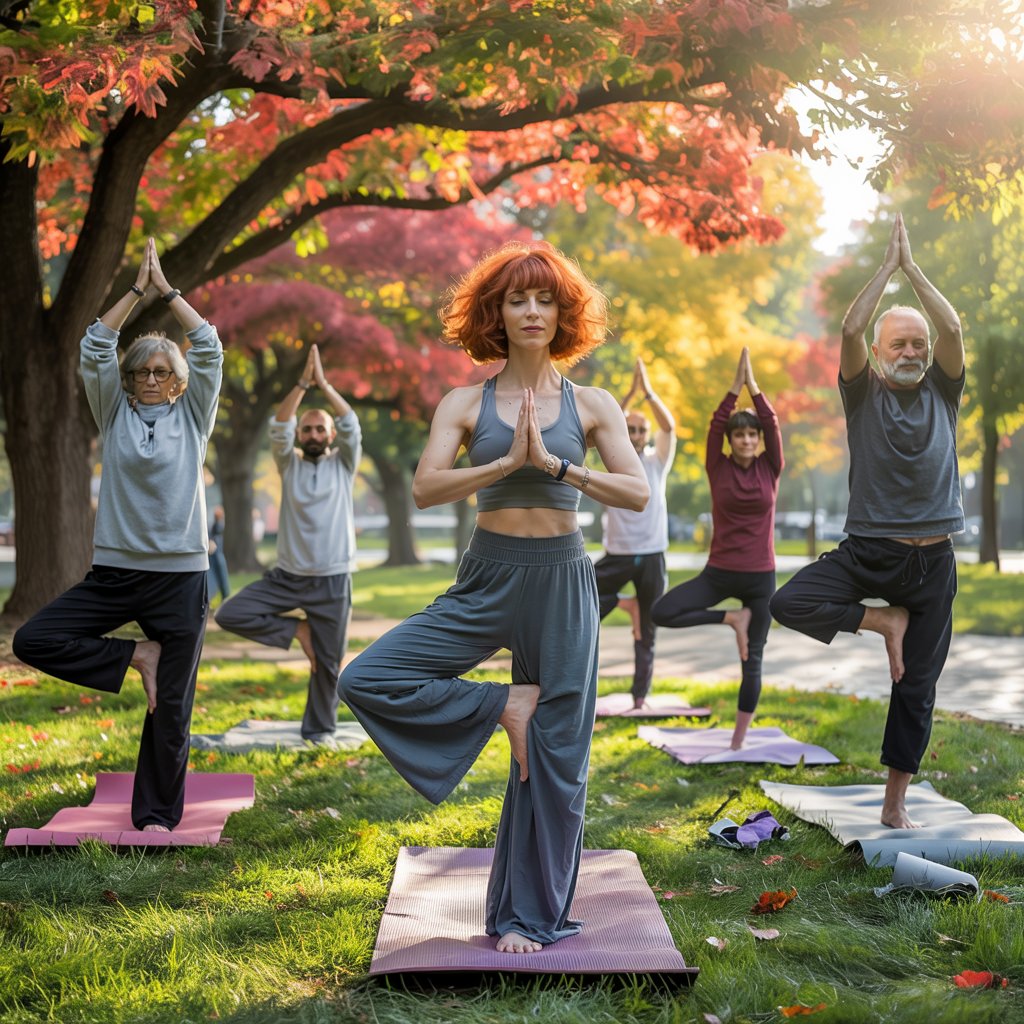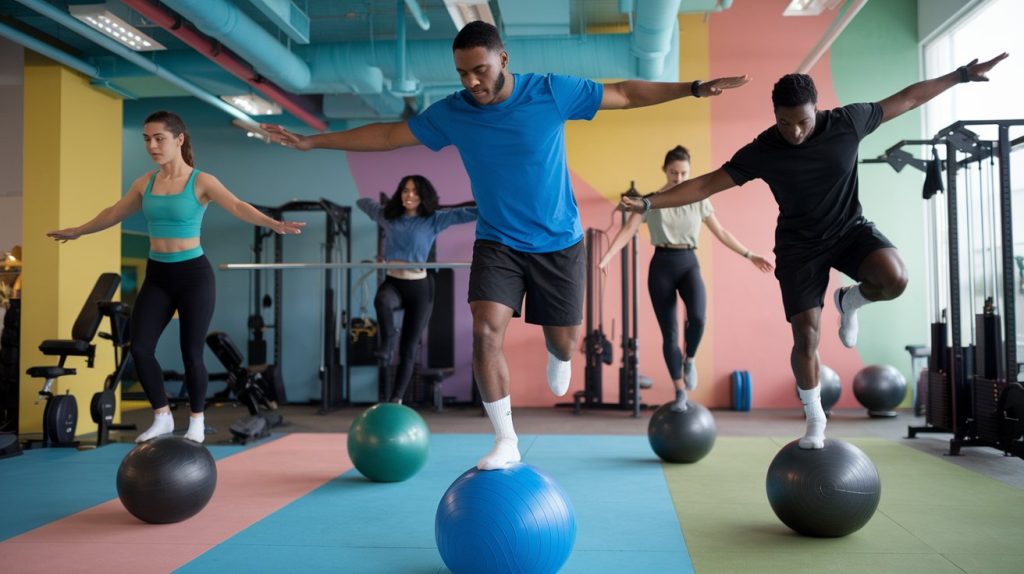
Dynamic Balance Exercises for Vitality and Performance
Understanding the Importance of Dynamic Balance Exercises
Adding dynamic balance exercises to your routine is crucial for anyone aiming for overall fitness and health. We often emphasize strength, agility, or endurance when thinking about fitness, but balance is just as essential. It supports those other elements by allowing your body to move efficiently and gracefully. Exercises like single-leg squats or lunge matrices are fantastic for boosting balance, stabilizing your body during movement, and are vital for various activities, from dancing to running or getting through uneven terrain.
Balance training can greatly elevate your performance, protect you from injuries, and make day-to-day activities easier. Try exercises such as toe taps, lateral jumps, or standing on one leg while doing single-arm rows. These moves require both muscle and nervous system engagement, building a strong base for controlled motion and coordination. Many older folks find these exercises rejuvenate their ability to move with confidence. With a focus on synchronizing muscle coordination and proprioception, balance training brings immense benefits to a fitness routine. For more insights, check out the top 7 functional exercises for older adults.
Core Concepts of Dynamic Balance Training
Dynamic balance training is important for boosting physical performance. It involves several muscle groups working to maintain stability as you move, fostering an intricate interaction between your nerves and muscles. This teamwork is essential for improving coordination and response times, helping you tackle real-world challenges better and enhancing athletic performance.
A key idea here is core engagement. Activating your core helps keep your center of gravity stable while also allowing more flexibility and strength. Additionally, adding variability by including a range of movements and surfaces helps your body learn to adapt quickly, which improves your adaptability.
Another important concept is gradual progression. Starting simple and then advancing to more complex exercises ensures both safety and effectiveness. Remember, mastering balance is like building a skill—it takes time and practice. Tools like the core stability program offer excellent guidance and support.
Dynamic balance training isn’t just about the exercises; it’s also about developing an agile, responsive body that’s ready to energetically face life’s challenges.
Essential Dynamic Balance Exercises to Incorporate
Dynamic balance exercises are key to boosting coordination and vitality. These moves do not only contribute to your overall fitness, but also enhance athletic performance. When choosing exercises, go for ones that engage your entire body. Start with the single-leg deadlift, which hones balance, stability, and muscle coordination. This exercise is a great mix of strength and precision, perfect for laying a solid foundation for balance.
Next up, try lateral lunges. They are powerful for stability and engaging your muscles, focusing on lateral movement, which is often overlooked but vital for athletic performance. Changing directions in this exercise tests your proprioceptive system, finetuning your internal balance mechanism.
Another great exercise is the high-knee march. Though it might seem easy, it boosts balance through dynamic movement. Lifting your knees towards your chest engages core muscles, promoting controlled motion in sync with proprioceptive training.
Finally, include the standing balance reach. This exercise enhances muscle coordination, boosting muscular endurance and control. Adding these exercises to your routine creates a powerful balance training program with lasting results. For more ways to boost balance and coordination, check out these functional exercises suitable for various fitness levels.
Integrating Dynamic Balance Exercises into Your Routine
Integrating dynamic balance exercises into your routine calls for thoughtful planning to ensure steady progress and avoid stagnation. Match these exercises with specific objectives, whether it’s boosting performance or increasing vitality. Balance exercises can be done on their own or slide seamlessly into warm-ups or cool-downs. They challenge stability and coordination, making them perfect for enhancing core engagement. While tech tools can be helpful, prioritize regularity and focused practice.
Mixing up exercises maintains interest and helps you avoid hitting plateaus. Begin your workouts with balance drills to activate stabilizing muscles or use them as active recovery between strength sets. Tracking your progress can spotlight subtle improvements, fueling motivation, and offering insights into strategies that work. Consider creative options, like making use of space at home, as outlined in creative alternatives for weights at home. Consistency is crucial, so tweak practices to fit your lifestyle and training goals.
Maximizing Results with MetersFit
Maximizing the impact of dynamic balance exercises involves focusing on both quality and consistency. Dynamic balance pushes your body in new ways, boosting agility, coordination, and functional strength. Make sure to emphasize exercises that target core stability, since the core is essential for balance. Try adding movements like single-leg deadlifts, reverse lunges, and step-ups with extra arm movement for a challenging, effective workout.
To enrich your practice, add variables like light weights or resistance bands, which can raise intensity and help your muscles adapt. Personalized tools and resources offer insights that allow you to tailor workouts to your fitness level as it evolves and prevent stagnation. Gradually increasing complexity ensures your body adapts safely. With consistent practice, these techniques can elevate performance, making day-to-day movements more efficient. Explore additional exercises that help maintain core stability with our core stability exercises guide.


